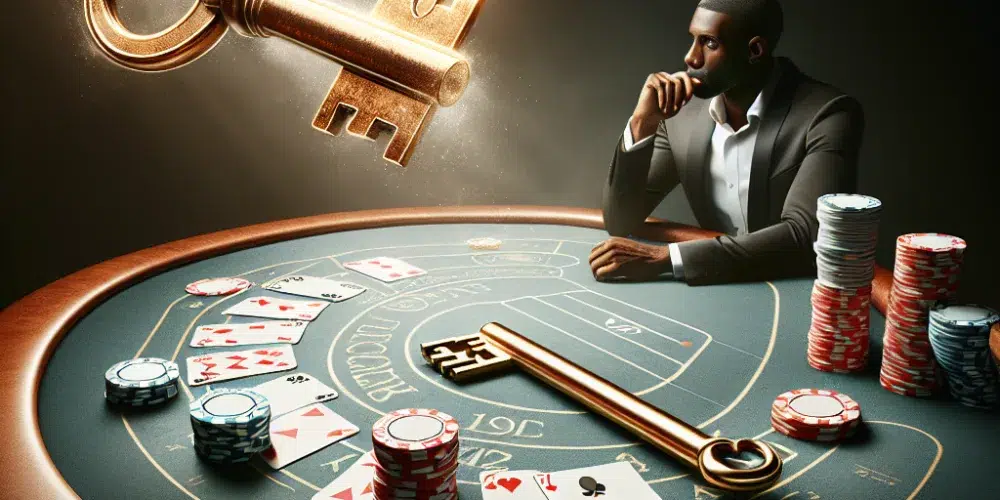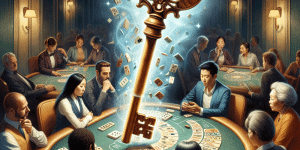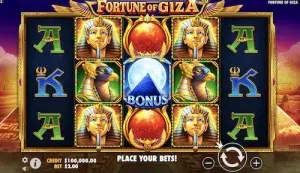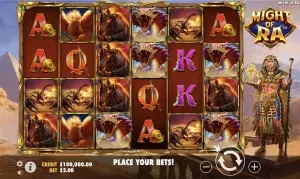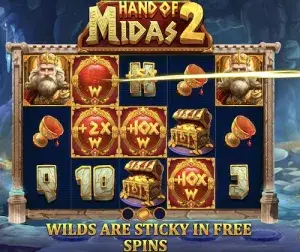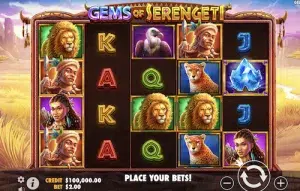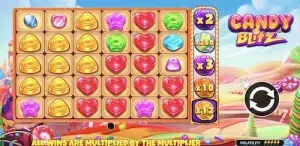Recognizing the Importance of the ‘Tie’ Bet in Baccarat
One common mistake many baccarat players make is frequently betting on the ‘Tie.’ Although it offers an enticing payout of 8:1 or sometimes even 9:1, the house edge on a Tie bet is typically around 14.36%. This is significantly higher compared to betting on the Banker or the Player, which makes it a less favorable option if you’re playing for consistent returns.
Choosing the Best Bet
Baccarat is renowned for its simplicity, with only three betting options: Banker, Player, and Tie. Each offers different advantages:
The Banker Bet
The safest strategy in baccarat is to consistently bet on the Banker. The Banker has a slightly higher chance of winning than the Player due to the rules governing the third card. The catch here is a commission (usually 5%) that casinos take on winnings from Banker bets. Despite this, the Banker bet still boasts the lowest house edge, hovering around 1.06%.
The Player Bet
The Player bet is another good option, with a slightly higher house edge of about 1.24%. Since there’s no commission when betting on the Player, some players prefer this bet for its straightforwardness.
Managing Your Bankroll Wisely
Effective bankroll management is critical to your success and longevity in baccarat. Before you even approach the table, determine how much money you can afford to lose. Stick to this budget and avoid the temptation to chase losses. Here are some practical tips:
Set Winning and Losing Limits
It’s important to know when to walk away from the baccarat table. Set a clear winning goal and a stop-loss limit. For example, if you’re up by 50% of your initial bankroll, it might be a good time to step back and enjoy your winnings. Similarly, if you’ve lost a predetermined portion of your bankroll, consider ending your session to preserve your remaining funds.
Use Flat Betting
An underrated but effective baccarat strategy is to use flat betting—placing the same amount of bet on every hand. This method doesn’t promise huge wins but it’s a safer approach to extend your playtime and control your spending.
Understanding the Odds and Game Rules
Knowing the baccarat rules thoroughly can enhance your decision-making process. Here’s a quick rundown:
Card Values and Scoring
Aces are worth one point, 10s and face cards (jacks, queens, kings) count as zero, and all other cards take their face value. The scores are calculated by summing the values of the cards and dropping the ten’s digit. For example, a hand composed of a 2 and a 3 is worth 5, but a hand of 6 and 7 is worth 3 (as 13 becomes 3).
The Third Card Rule
Understanding when the Player and Banker receive a third card can give you a slight edge. The Player gets a third card if their total is less than or equal to 5. The Banker’s third-card rule is more complex, depending on both the Banker’s initial cards and the Player’s third card, if one was drawn.
Reading the Room: The Psychological Aspect
Often overlooked, the psychological element of baccarat can be as crucial as knowing the rules. Watching for patterns and responding accordingly can be advantageous, even in a game largely based on chance.
Trend Following vs. Betting Against the Trend
Some players believe in following patterns observed in the outcomes of previous hands. Others prefer to bet against the trend, predicting that a change is due. While baccarat is fundamentally a game of chance, choosing a strategy that aligns with your overall risk tolerance and playing style can enhance your gameplay experience.
Conclusion
In baccarat, as in all casino games, understanding the odds, mastering the betting strategies, and managing your bankroll are crucial for success. Stick to betting on the Banker for the best odds, set clear financial boundaries to manage your funds effectively, and stay informed about the game rules to make smart betting decisions. With these strategies, you are well on your way to having an enjoyable and potentially profitable baccarat experience.

David Garato is a luminary in gaming journalism, renowned for peeling back the curtain on the gaming world with his witty and insightful commentary. A decade into weaving stories from the pixelated edges of indie games to the expansive universes of AAA titles, David’s work is a thrilling blend of analysis and adventure. When not writing, he’s live-streaming, sharing his gaming exploits with an engaged and growing audience. David doesn’t just write about games; he lives them, making him a trusted guide in the gaming community.


